Making Simple Vegetable Dyes
Two of my favourite vegetable dyes at the moment are onion skin and red cabbage. Onion skins create a lovely orange tint and the red cabbage water can be diluted to create a pale lilac tint or left as a concentrate to make darker purple.
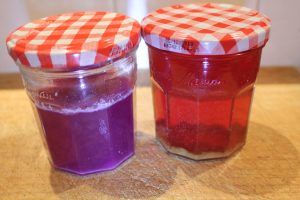

I have experimented with cotton fabric as the dye can easily grip the fibres. I keep old cotton sheets, select the areas that are not worn and then wash the fabric, sometimes adding one cup of vinegar. I add this if the end product might be washed regularly but if I know it wont be washed, such as a lavender bag, I don’t add the vinegar.
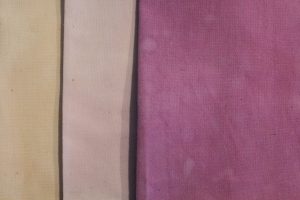

Oni0n skin, diluted red cabbage and concentrated red cabbage dyes on white cotton fabric. The orange sample looks beige in this photo but is actually quite a bright orange.
Recently I’ve used onion skins, rosemary, avocado skins and pips (here) and now, red cabbage to make dyes. These natural dyes are paler than a shop bought dye. The list of ingredients used in commercial dyes is very off-putting.
To make the dye, simmer one part chopped plant to about five parts water for an hour. I simmered the cabbage for less time as the colour was so strong. Strain, then add the fabric to the liquid in the pot. Some long term makers of vegetable dyes recommend you keep an aluminum pot for simmering the dyes as the aluminum acts as fixative. Leave the fabric in the dye until you like the intensity of the colour, then rinse in cold water and hang out to dry.
If you know your fabrics will be washed regularly add a mordant, a colour fixative, such as vinegar or common table salt to the simmering liquid. I use about half a cup of either. Salt is usually recommended for dyes derived from berries and vinegar for plant dyes, but I have used both successfully on dyes from either source.
Note: I now drape these dyed fabrics over plants to dry after the pegs I’d used to peg them on the clothesline bleached colour from the area where they touched the fabric. The dye soaked into the wooden pegs.
I will make lavender bags from these dyed fabrics soon.
SUMMER OCCUPATIONS
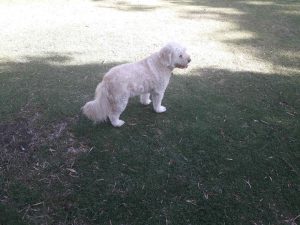

Once the sea breeze, AKA The Fremantle Doctor, comes in it is cool enough to take Louis to the dog park. He checks all the trees and runs around with his mates. When he is hot and panting he stands close to us and wants to go home.


Louis is a groodle, a Golden Retriever/Poodle cross and has a thick, woolly coat. He is ideal for me as I am usually allergic to dogs but not to his wool. Once the temperatures are in the 30s (86 F ) he gets very hot so he has been to the groomer for a trim. He is now cooler and feels like he’s covered in velvet. He doesn’t like having his photo taken!
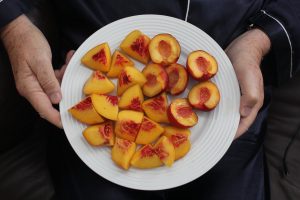

Plate of peaches and nectarines for breakfast. I sometimes cut up mango and spoon over sheeps’ yoghurt, too. Summer fruit is wonderful!
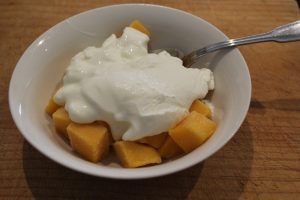

After breakfast our son put an eight hour slow cooker beef ragout to cook. Smelled very good all day!
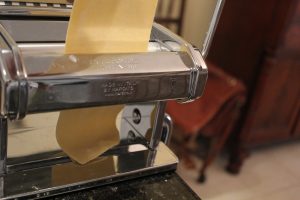

Then later he began making the tagliatelle to eat with the ragout.
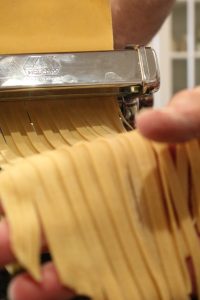

Luscious ribbons of gold goodness ready to dry. He chose this thickness so the sauce would adhere well to the strands and it did, too.
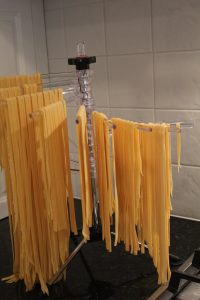

The pasta drying rack.
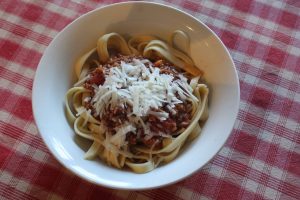

Delicious dinner with eight hour slow cooked beef ragout and freshly made tagliatelle plus a sprinkling of romano pecorino.
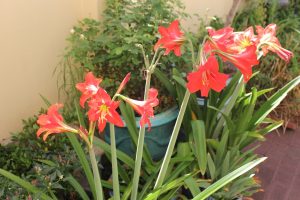

The hippiastra are flourishing in the heat with repeat flowers.
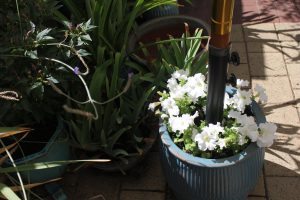

The petunias in the new umbrella stand are very pretty. The new stand has been a great success, holding the umbrella firmly in place, despite some strong winds
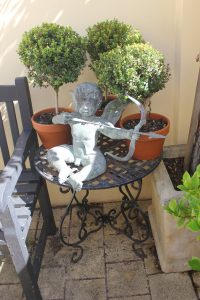

Had to re-pot these box topiary trees as they were bursting out of their pots. They enjoy the heat more than I do, in fact, they thrive.
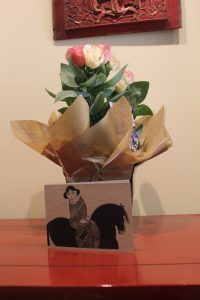

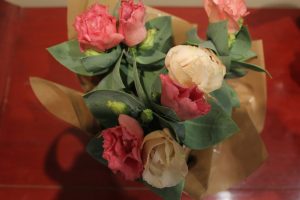

These lisianthus were a very welcome gift this week. Not really suitable for as indoor plants, I have planted them in a pot outdoors.
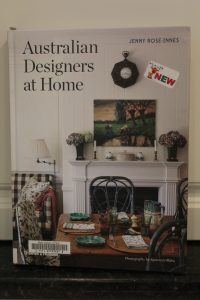

I have spent part of the Australia Day long weekend reading. I continue to get my books mostly from the library, although this sometimes results in me buying the book as I want to refer to it again and again. My favourite library book this week has been Jenny Rose-Innes’ Australian Designers At Home. Any book or magazine about gardening, architecture and decor attracts me. The Australian designers and their houses featured in this book talk about their mentors and inspirations, what they hope their homes achieve in terms of comfort and their motivation for what they have included or excluded. Letting people view your home and treasures is probably a difficult decision. Luckily we get to see so many different styles and read about what motivates these choices. I loved this book!
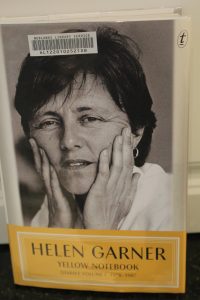

My least favourite is from an author whose books I have really enjoyed in the past. I began Helen Garner’s Yellow Notebook Diaries Volume 1 1976-1987 at the beginning, flicked to about halfway through, went to the end and all I can say is,”Why? ” She admits the diaries, like many notes written about life, are a “stream of fragments”. Being a writer is a precarious form of work and probably doesn’t pay very well, either, but these notes should have remained as her personal memory trove.
Did you know 30th of January is CROISSANT DAY? Oui! The buttery pastry has always been associated with the French but they probably originated in Austria in the 13th century. Intended to celebrate the Austrian victory over the Ottoman Turks, the moon shaped croissant is thought to be derived from the symbol on the Ottoman flag.
